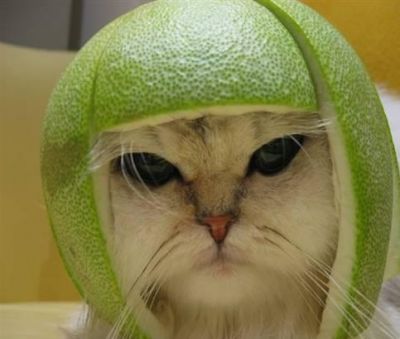HAPPY TO BE HERE!
I am thrilled to be a part of The Steve Laube Agency and to post my first blog entry. I have been asked lots of questions about my new venture. I’ll answer a few here.
Will you continue to represent Christian romance novels?
Yes, I will! Steve was familiar with my client list when I joined the agency and we both believe Christian fiction is a vital part of publishing.
I am passionate about Christian romance novels. The talent of my clients, the dedication of the editors, and the support of the publishers make this endeavor worthy and God-honoring.
Are you open to nonfiction submissions?
Yes. I will be highly selective when considering nonfiction submissions. The author must show an ability to help the publisher sell the book through channels such as speaking engagements and the Internet. The author also needs to show takeaway value, and demonstrate why a book on the topic is needed at this moment in time. The author who can show us a fantastic nonfiction proposal should be pleased to partner with The Steve Laube Agency.
Do you have a lot of slots open for new authors?
My clients have been beyond wonderful and patient during this time of transition, and they are my first priority during these early days with The Steve Laube Agency, so I anticipate signing very few new clients right away. However, I am always open to submissions because when I feel passionate about an author’s work and think we will be excellent partners, I don’t want either of us to miss an outstanding opportunity. You can send proposals via email to my attention at ewilson@www.stevelaube.com.
Why are you excited about being an agent with The Steve Laube Agency?
For many reasons! We have an excellent team of knowledgeable professionals with a range of significant experience. Steve, Karen, and I have a great relationship so we can exchange important industry information to maximize our effectiveness. We are committed to providing our authors with top drawer representation.
As for our president, Steve Laube, I am privileged to be a part of his agency. I am dedicated to my career as a literary agent and to being part of the continued success of our highly-regarded agency. Throughout our partnership, Steve has demonstrated unquestionable integrity and incredible knowledge of the industry. I am honored to call him my brother in Christ, and my friend.












